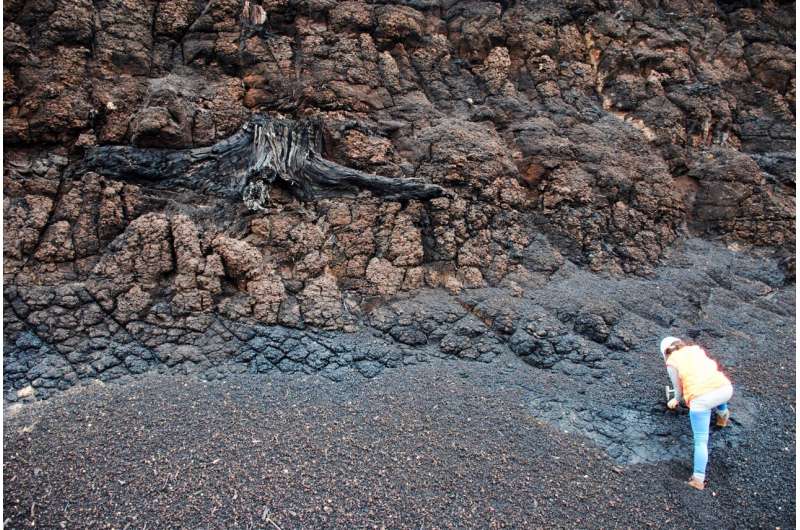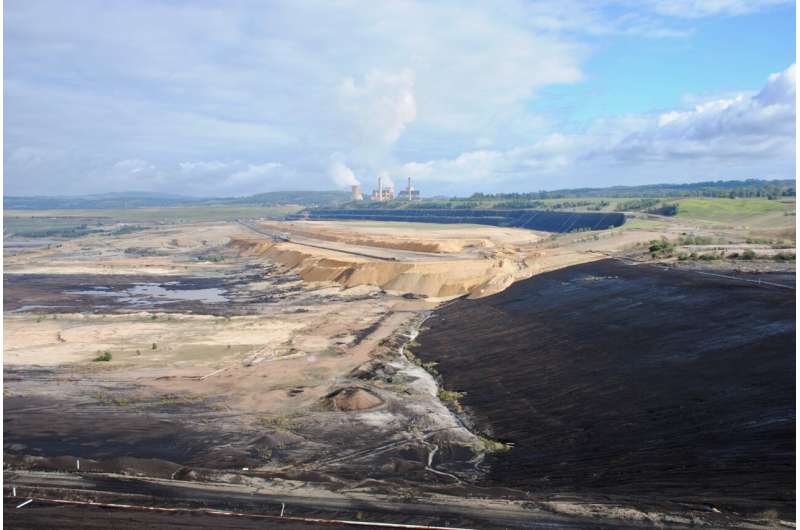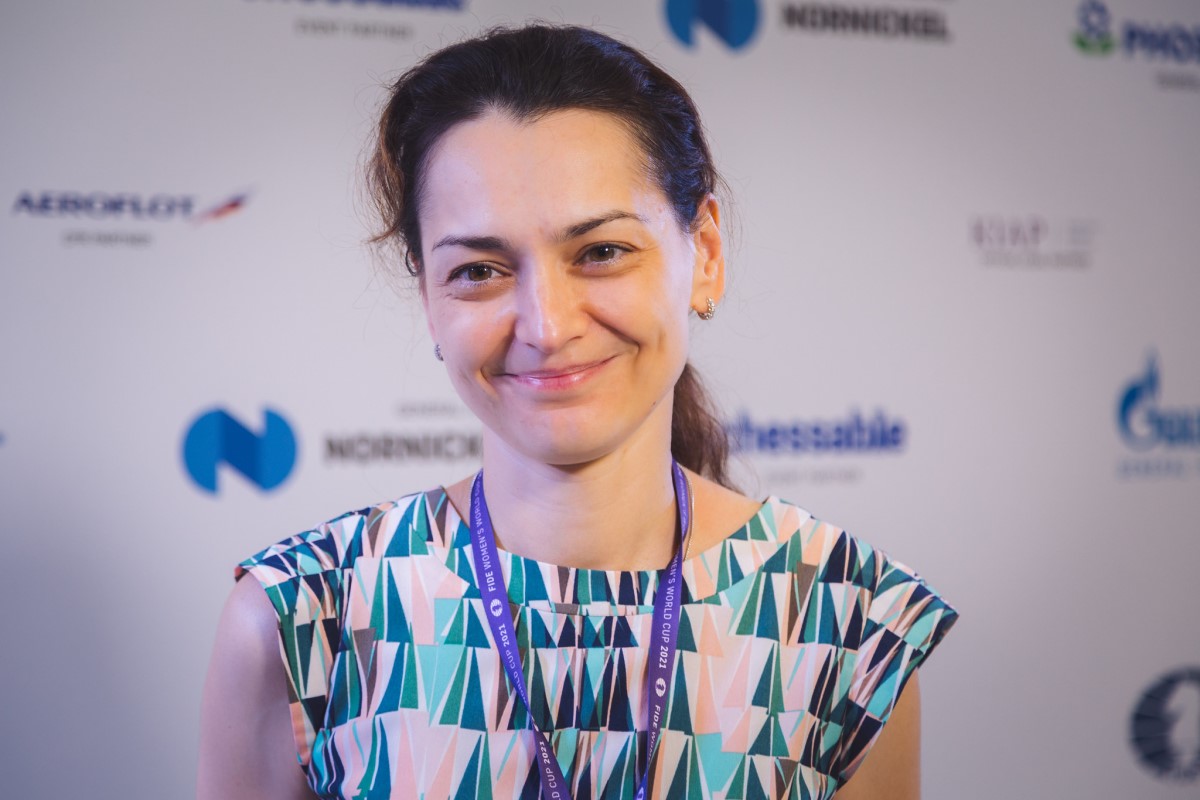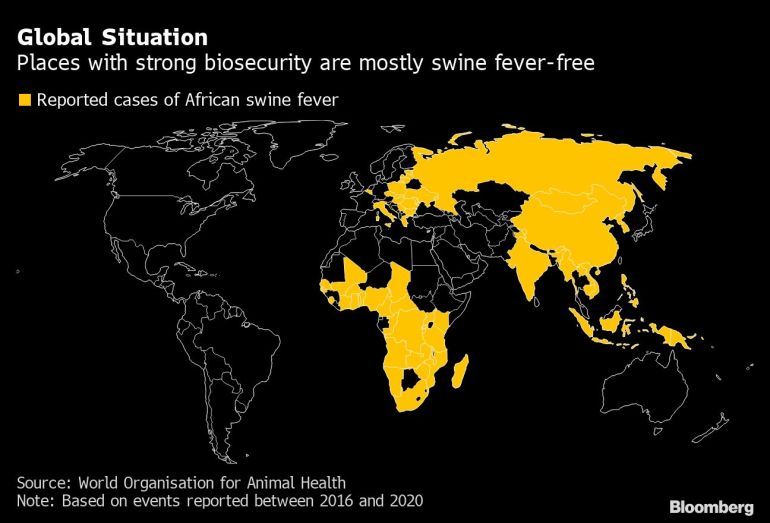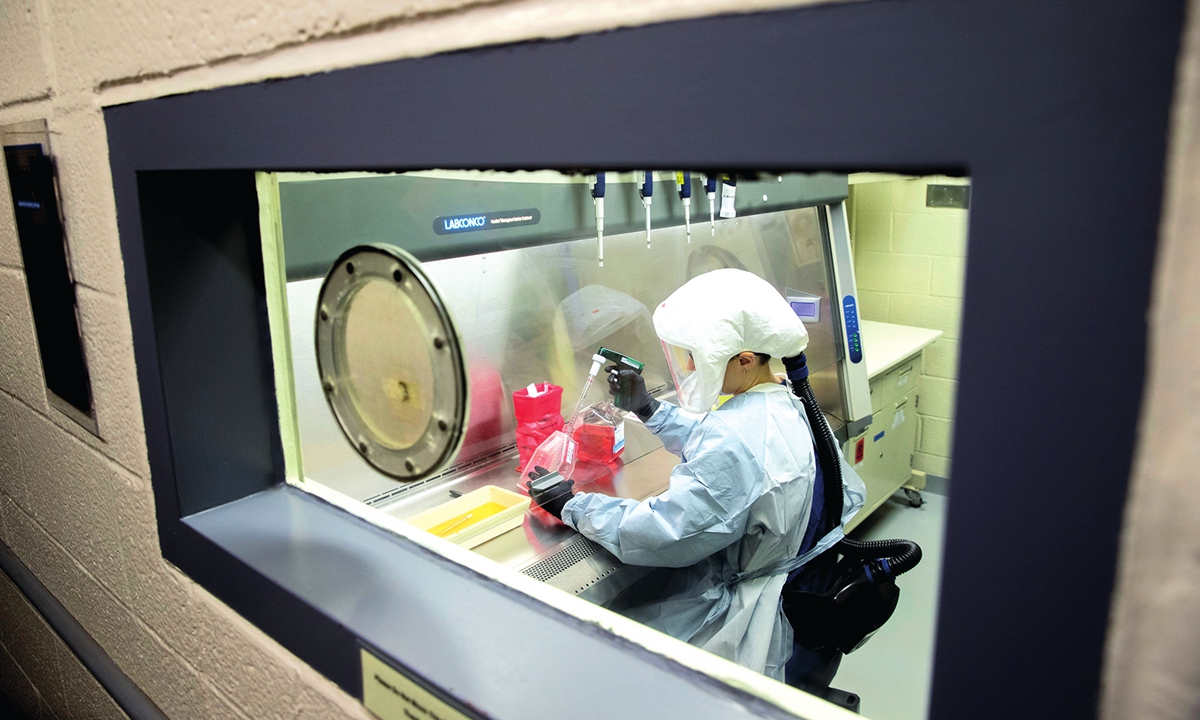EMMA GRANEY
TABER, ALBERTA
AUGUST 2, 2021
Open this photo in gallery
/cloudfront-us-east-1.images.arcpublishing.com/tgam/QANARK5HBBHBFOFEFBGB3JL6H4.JPG)
Solar panels face toward the direction of the sun at the Prairie Sunlight II Solar Project (Hull Project) solar facility on July 30, 2021, near Vauxhall, Alberta.
IAN MARTENS/THE GLOBE AND MAIL
Rumbling along the gravel of a southern Alberta range road, there are plenty of cows, pump jacks and fields that are typical in this part of the world. Then, next to a field of sugar beets, emerges a sight that is rapidly changing the landscape of the province’s energy industry: acres and acres of solar panels.
Welcome to Alberta’s sun belt, where long days of sunshine, relatively little snow and a power market unique in Canada have stoked a surge in solar investment as the province’s energy industry evolves rapidly.
A decade ago, Alberta’s list of major private and public projects valued at $5-million or more included no solar projects. Now, there are 23. Of the 87 major energy projects listed in the most recent data, 27 were oil and gas, but more than 40 were either solar, wind or biofuels.
Developers credit three main factors for the explosion of solar farms: An abundance of sun, a rapid and dramatic drop in the cost of solar technology, and Alberta’s power market structure, which makes it easy for companies to sign renewable power purchase agreements, thus helping them with their corporate emissions-reduction goals.
Construction begins on new Alberta solar farm, Amazon to purchase power
But as municipalities eye the tax revenue solar farms will generate, the projects – which can span hundreds or thousands of acres – have councils walking a delicate line between welcoming a lucrative new industry and preserving valuable agricultural land.
Stung by oil companies that have failed to pay the millions they owe in property taxes or clean up inactive wells, municipalities want the provincial government to ensure landowners don’t end up on the hook for cleaning up renewable power projects in future.
Many advocate for some kind of system of reclamation bonds. Come Sept. 1, the Alberta Utilities Commission will require companies to ensure sufficient funds are available at the end of a project’s life to cover the cost of cleanup, though the government was unable to provide The Globe with details of how that system will work.
Most forecasts say fossil fuels won’t disappear any time soon, but energy diversification shows no signs of slowing down. Wind turbines have been scattered across the province for years, now government data shows just how quickly large solar farms are taking root.
The first detailed solar proposal on the province’s major projects list popped up in 2015: the Brooks 1 project, a 17-megawatt facility slated for 74 acres of southeastern Alberta’s Newell County.
With 50,000 panels rising from the prairie by the Trans-Canada Highway, it was the first utility-scale solar project in Western Canada when it came online in 2017. Last year, Vancouver-based developer Elemental Energy Inc. got the okay to add another 28 MW of capacity.
Even with that expansion, Brooks will soon be dwarfed by a colossal new project under construction near the hamlet of Travers, about 80 kilometres southwest.
Spanning 3,330 acres in Vulcan County, the 465 MW facility will be the biggest solar photovoltaic project in Canada and one of the largest in the world, according to developer Greengate Power Corp. Amazon.com has already signed a deal to buy up to 400 MW of electricity from the site to help offset the online giant’s carbon footprint.
When the Travers project is complete, 1.3 million solar panels will generate enough electricity to power more than 100,000 homes.
It’s located on what Vulcan Reeve Jason Schneider describes as marginal, lower-producing land. But the municipality, like others, wrestles with how to preserve higher-class agricultural acres while also increasing tax revenue with new renewables projects.
West in the Municipal District of Willow Creek, Reeve Maryanne Sandberg calls the quandary a “double-edged sword.” On one hand, she says, is protecting land and farming culture. On the other is protecting the rights of property owners to use their land as they wish.
“Especially right now, when you look at what we’re going through as agricultural producers in a really rough year, it looks even more appealing to some people,” she says.
For now, the Travers site is an unremarkable stretch of farmland.
But it’s coming along. A handful of rectangular trailers squat behind a chain-link fence. PCL Construction pickup trucks drive along a gravel road that is now closed to traffic and lined with orange warning signs.
In the distance, the 166 wind turbines of the 300 MW Blackspring Ridge project are lifeless on this hot, still day.
One of the largest operating wind farms in Canada, it has already changed Vulcan’s fiscal picture, and Mr. Schneider thinks it’s a sign of things to come. He remembers when Blackspring Ridge came online in 2014. Back then, oil and gas was still going strong, so the additional tax revenue from the wind project “was just gravy.”
But as fossil fuel companies walked away, renewable energy developers started showing up – and the county has been receptive.
“Without these projects coming in, I’d hate to guess what our taxes would be. I’m pretty sure there would be pitchforks on our front step,” he says. “These renewable projects are really what’s going to keep us afloat.”
Blackspring Ridge constitutes around 20 per cent of the county’s tax base, and Mr. Schneider suspects the Travers solar project will rake in a similar amount. That means about 40 per cent of Vulcan’s taxes will flow from a wind farm and a solar farm.
“It’s not unrealistic to think that in the next five years, over half of our tax base will be renewable energy, and could almost dwarf what we made from oil and gas in our peak,” he says.
Two solar projects are currently under construction in the district, two are seeking provincial approval, and council is in discussions about three more.
It’s a similar story to the southeast, in the Municipal District of Taber, where two projects are in operation, and four are either approved, under construction or about to start building. There are rumours of more developers in the wings, too.
The municipality has also approved more than a dozen smaller projects for agricultural purposes such as powering irrigation pumps or buildings, and just okayed two applications for the RenuWell pilot project, which will transform old oil and gas well sites into 1 MW solar installations.
One of those is on the corner of Molnar’s Farm, which grows vegetables and holds an annual pumpkin festival. Purple-flowered alfalfa carpets an empty section of land, but it belies the fact the soil was never properly cleaned of hydrocarbons from an oil well that ceased operations decades ago.
Power lines that run alongside the field once brought electricity to a pump jack on the site. Under the RenuWell pilot, they will carry solar power back to the grid.
/cloudfront-us-east-1.images.arcpublishing.com/tgam/OLULWXBITRBOLK56NSRBZRIACI.JPG)
A decade ago, Alberta’s list of major private and public projects valued at $5-million or more included no solar projects. Now, there are 23.
IAN MARTENS/THE GLOBE AND MAIL
Rural Municipalities of Alberta president Paul McLauchlin says solar development has many councils writing bylaws to govern the projects. Taber is no different. It has also instituted a reclamation bond system for projects on municipality-owned land, so it doesn’t get stuck holding the bill for eventual cleanup.
But there’s no requirement for bonds on private land, which is why municipalities are pushing the province to learn its lesson from the growing problem of orphaned oil and gas wells, and institute rules now to avoid a similar problem with renewable power facilities.
Strolling through his company’s 20 MW Burdett Solar Project, about 45 km east of Taber, BluEarth Renewables Inc. president and CEO Grant Arnold says his company and others take reclamation seriously, writing it into contracts with landowners.
The eventual cleanup of renewable sites is also nothing like oil and gas, he says. Unlike fossil fuel wells that eventually deplete, eliminating any incentive to stick around, the solar resource isn’t going anywhere. Parts will be replaced and technology upgraded, but, in theory, a solar farm can remain in operation forever.
“I think we’re pretty blessed in Alberta to have another couple of resources,” he says. “There’s jobs, there’s construction and there’s support for local communities while oil and gas is going through a transition.”
/cloudfront-us-east-1.images.arcpublishing.com/tgam/EBVCT7WT5BMIFIYCVZUU4EILQA.jpg)


